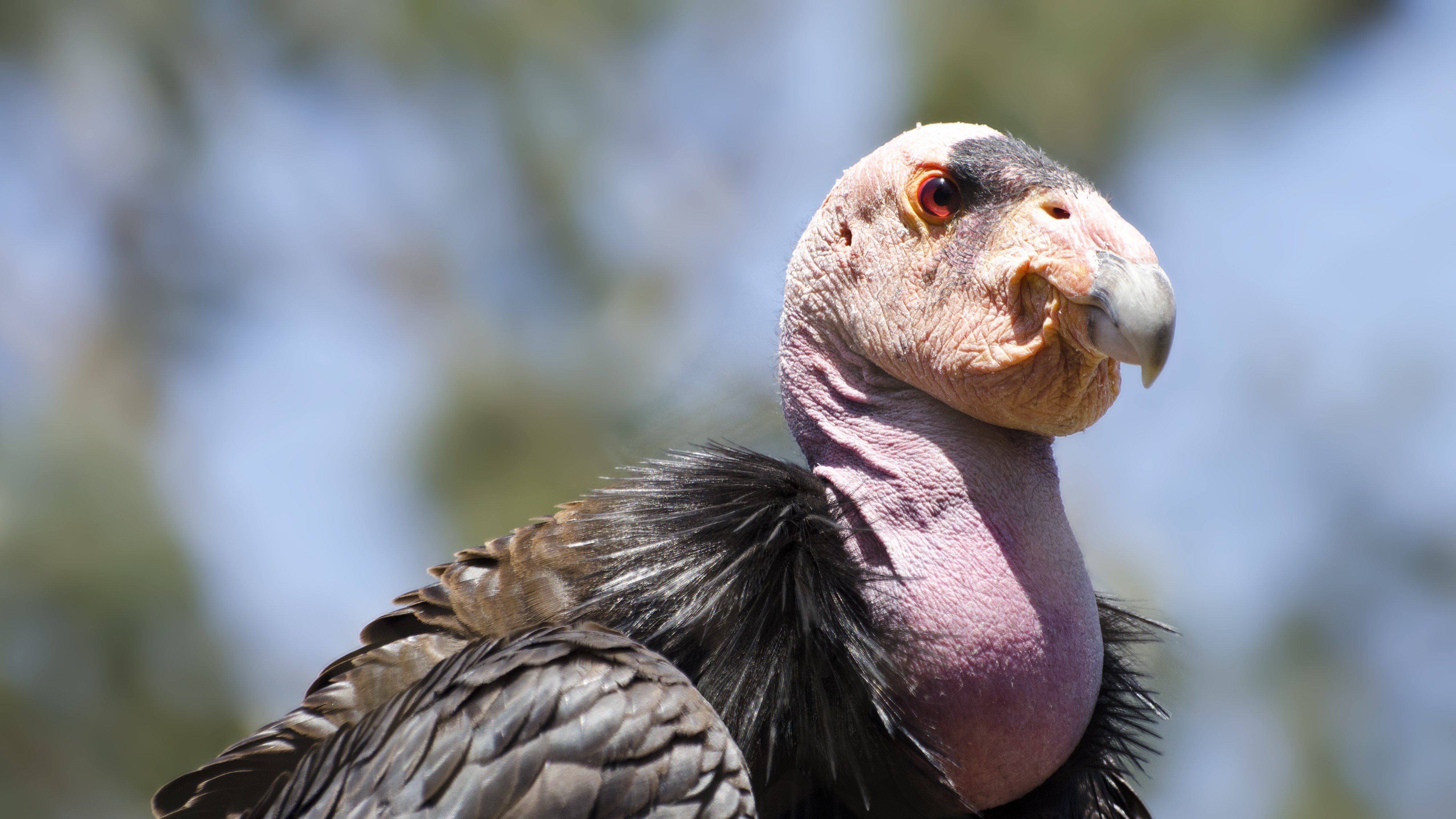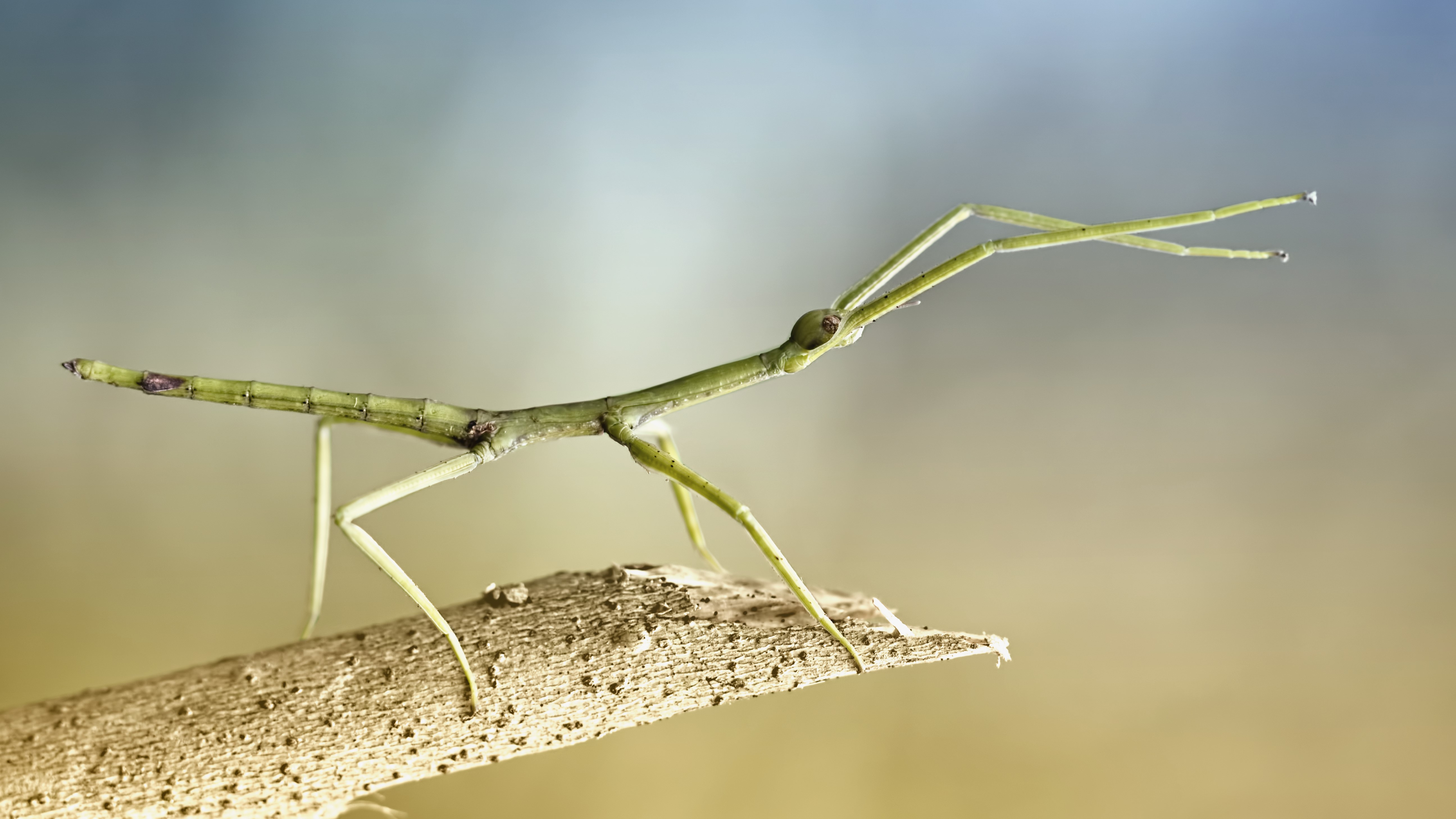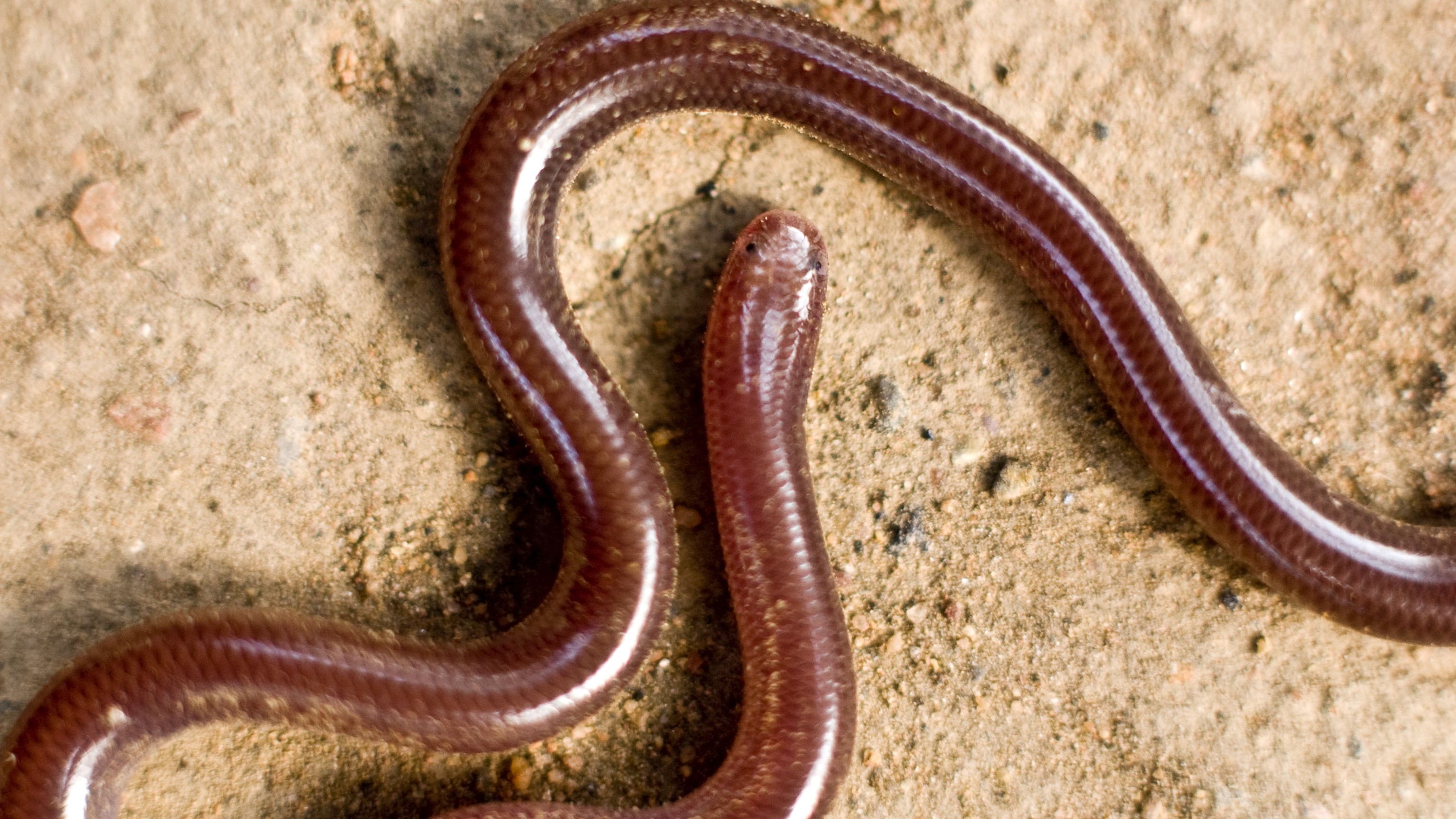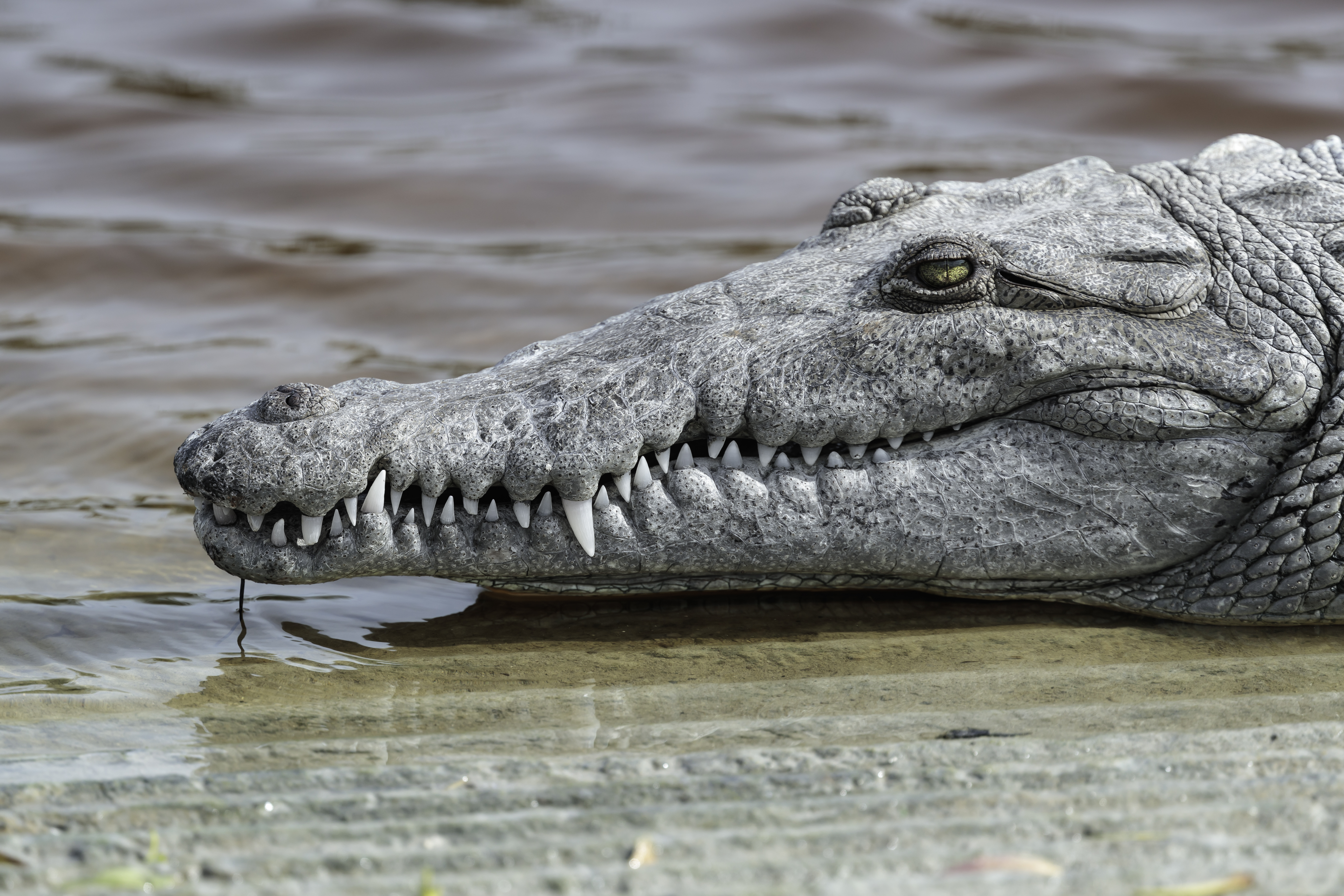8 animals that have virgin births
No males needed — animals that reproduce through the mind-blowing process of parthenogenesis.
Some animals can have babies without the need to mate. Colloquially called a "virgin birth," this occurs through a process called parthenogenesis, wherein a female animal creates an embryo from an unfertilized egg. The offspring tend to be only one sex — all male or all female.
When an animal exclusively reproduces this way, the process is called obligate parthenogenesis. For animals that usually reproduce sexually this process is called facultative parthenogenesis. Such optional parthenogenesis is usually very rare.
From stick insects to sharks, here are eight animals that have virgin births
Komodo dragon
Scientists first discovered that the Komodo dragon (Varanus komodoensis) could have virgin births in 2006. At the time, only two Komodo Dragons lived in Europe. One of these dragons, a female at the Chester Zoo in the U.K. gave birth to a clutch of 25 eggs, despite never being in any contact with males.
Sharks
One ordinary morning at Omaha's Henry Doorly Zoo and Aquarium, zookeepers were stunned to find a 6.5 inch (16.5 centimeters) juvenile shark in a tank containing three female bonnethead sharks (Sphyrna tiburo). None of the female bonnetheads had ever been exposed to males of the species within captivity, and they bore no mating scars from different species within the tank.
Spontaneous births like this one were once explained by the female's ability to store sperm for long periods of time after being taken from the wild. However, the female bonnetheads were collected from the wild three years prior and well before sexual maturity, so scientists ruled out this explanation. This incident genetically confirmed, for the first time that sharks undergo parthenogenesis.
Since then virgin births have been seen in zebra sharks (Stegostoma tigrinum), black tip reef sharks (Carcharhinus melanopterus) and smooth-hound sharks (Mustelus mustelus).
Get the world’s most fascinating discoveries delivered straight to your inbox.
California condor
No thank you! Even when housed with males, critically endangered female California condors (Gymnogyps californianus) sometimes choose to have babies themselves.
In hopes of helping the population rebound, researchers at San Diego Zoo housed female condors with a fertile male. But apparently the male wasn't necessary: Geneticists testing DNA samples within the lab discovered two male chicks that carried two identical copies of their mother's DNA.
Stick insects
Unlike other animals, parthenogenesis in stick insects is not rare. In fact, creatures within the genus Timema reproduce exclusively in this way — and have done so for a million years.
But having babies without sex isn't ideal: In the long run, asexual reproduction can negatively affect the animals' ability to adapt to changing environments over time. So how have Timema insects been able to survive for so long?
A study published in September in the journal Proceedings of the Royal Society B looked at eight populations of four species — Timema genevievae, T. shepardi, T. monikensis and T. douglasi.
It turned out that sneaky sex was behind their long-term viability: two of the four species occasionally resort to sexual reproduction, creating variety in the gene pool and limiting the risk.
Blind snake
The brahminy blind snake (Ramphotyphlops braminus) is another species thought to only reproduce asexually. Only female individuals of this species have ever been found.
Tardigrades
Tardigrades are aquatic, microscopic creatures known for their ability to withstand extreme conditions. These chubby water bears can go both ways, reproducing both sexually and asexually. However, parthenogenesis is only common in lake and terrestrial habitats.
Crocodiles
This year scientists described the first known case of a virgin crocodile birth. After spending 16 years away from other males, a female American crocodile (Crocodylus acutus) produced a clutch of 14 eggs.
The female crocodile arrived at the Costa Rican zoo, Parque Reptilandia, in 2002. She spent all her time after that alone in her enclosure.
While the crocodile could produce fertilized eggs solo, the eggs weren't ultimately viable. Out of the 14, only seven developed when incubated. After incubation, only one egg had a fully formed fetus, but the baby crocodile was born dead. DNA analysis of the fetus confirmed a genetic match of over 99.9% with the female crocodile.
Mollyfish
One of the most mind-blowing types of parthenogenesis is the sperm-dependent parthenogenesis shown by Amazon mollies (Poecilia formosa) These mollies are named after the all-female tribes in Greek mythology that only used men for reproduction, killing boys at birth. Like their namesakes, the all-female Amazon mollies depend on sperm from males to trigger the formation of a fertilized egg. But there's a catch: the males come from other related species and contribute no genetic material to the egg.

Elise studied marine biology at the University of Portsmouth in the U.K. She has worked as a freelance journalist focusing on the aquatic realm.










